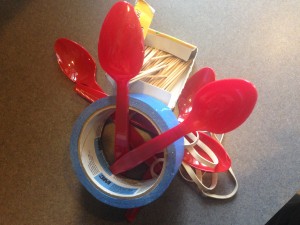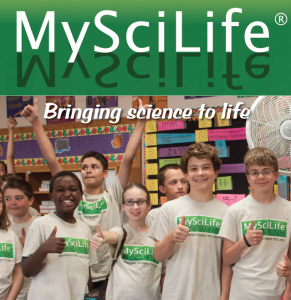Sharing Wow
Wow.
I have worked face to face or side by side with at least 30,000 to 50,000 teachers in my career — at least if you count each teacher-year as “one.” That does not include the Thinking Teachers I encounter in my role as sort of 24/7 “edtech coach” via a free web service I am in charge of. Of those, I am privileged to know so many GREAT teachers, and yet every day I discover more. Sometimes I wonder why we don’t tag them in a global geocaching game for “Amazing Teacher Here- X marks the spot.” I read their blogs, I watch their students’ videos, I work together with them on an ISTE SIG, I meet them in OK2Ask online professional development sessions. I want to scream to the post-PISA media,”You guys, LOOK! These teachers are AMAZING! Did you see what that kid just did? Did you see what the teacher did to make it happen!?”
Wow.
 So today I am thrilled and humbled to discover this blog among those named as finalists for the 1oth annual Edublog Awards.
So today I am thrilled and humbled to discover this blog among those named as finalists for the 1oth annual Edublog Awards.
Wow.
One of the real standouts among those 30-5o,ooo-teachers-I-have-known nominated me. I have thanked her by email, on Twitter, and now on this blog. I worked with her virtually for a couple of years before we actually met face to face. She is one of the teachers I point to, exclaiming, “You guys, LOOK! These teachers are AMAZING! Did you see what her bio class just did? Did you see what Louise Maine did to make it happen!?”
Thanks again, Louise.
I suggest that every teacher look at all the nominees. You, too, will say, “Wow” at the amazing things your fellow Thinking Teachers have to say and share. If, after losing yourself in the nominees, you think this blog deserves a vote in the crowd-driven selection of “Best Individual Blog” from Edublog Awards, find Think Like a Teacher on the list here. Then follow these steps:
1. Click the up-vote arrow bottom-left of the post. A pop-up from List.ly (the voting tool) will appear.
2. Sign in to List.ly with your Twitter, LinkedIn,Facebook, or Google + account.
2*. You’ll need to provide your name and email if this is your first time using List.ly.
3. The window will disappear.
4. Click on the up-vote arrow one more time to cast your vote.
Wow.
Pass it on.






 This is a fable — of sorts.
This is a fable — of sorts.
 Teachers don’t brag. In fact, most teachers usually minimize their accomplishments by pointing out the shortcomings. When complimented on a really cool lesson or activity, the first thing they usually tell you is what went wrong or took too long or didn’t come out exactly as planned. After that, they tell you about the one student who didn’t finish or the parent who complained. If none of these problems occurred, the teacher will surely tell you what he/she needs to do to make it better next time or that it wasn’t really his/her idea in the first place. He/she saw it on… (
Teachers don’t brag. In fact, most teachers usually minimize their accomplishments by pointing out the shortcomings. When complimented on a really cool lesson or activity, the first thing they usually tell you is what went wrong or took too long or didn’t come out exactly as planned. After that, they tell you about the one student who didn’t finish or the parent who complained. If none of these problems occurred, the teacher will surely tell you what he/she needs to do to make it better next time or that it wasn’t really his/her idea in the first place. He/she saw it on… (

